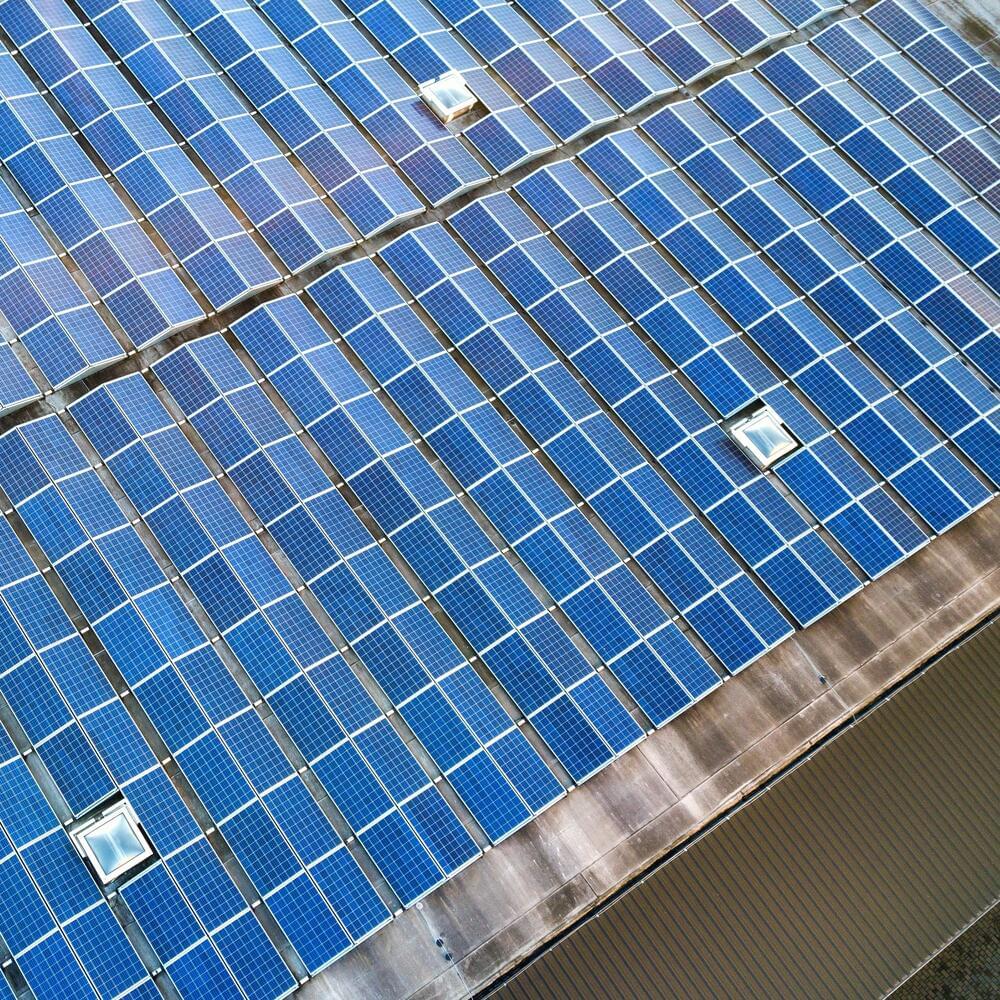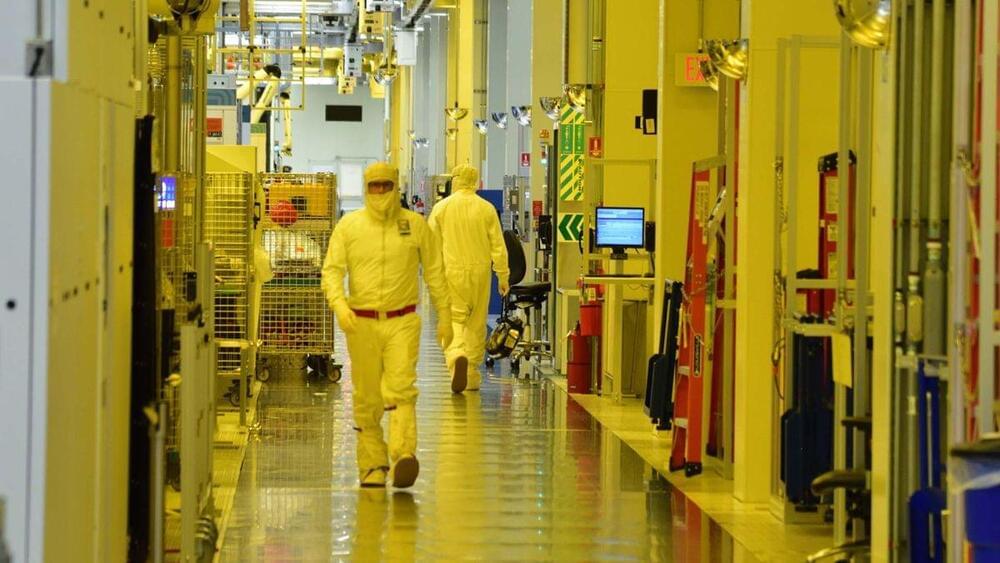Early in its history, shortly after the Big Bang, the universe was filled with equal amounts of matter and “antimatter”—particles that are matter counterparts but with…


This lecture was recorded on February 3, 2003 as part of the Distinguished Science Lecture Series hosted by Michael Shermer and presented by The Skeptics Society in California (1992–2015).
Can there be freedom and free will in a deterministic world? Renowned philosopher and public intellectual, Dr. Dennett, drawing on evolutionary biology, cognitive neuroscience, economics and philosophy, demonstrates that free will exists in a deterministic world for humans only, and that this gives us morality, meaning, and moral culpability. Weaving a richly detailed narrative, Dennett explains in a series of strikingly original arguments that far from being an enemy of traditional explorations of freedom, morality, and meaning, the evolutionary perspective can be an indispensable ally. In Freedom Evolves, Dennett seeks to place ethics on the foundation it deserves: a realistic, naturalistic, potentially unified vision of our place in nature.
Dr. Daniel Dennett — Freedom Evolves: Free Will, Determinism, and Evolution
Watch some of the past lectures for free online.
https://www.skeptic.com/lectures/
SUPPORT THE SOCIETY
You play a vital part in our commitment to promote science and reason. If you enjoy watching the Distinguished Science Lecture Series, please show your support by making a donation, or by becoming a patron. Your ongoing patronage will help ensure that sound scientific viewpoints are heard around the world.


The Sun has been up to some pretty intense shenanigans lately, but a recent eruption on the far side looks to be absolute science gold.
On the evening of September 5 GMT, an enormous coronal mass ejection (CME) was recorded exploding on the far side of the Sun, sending a radiation storm out across the Solar System. It was a type known as a halo CME, in which an expanding halo of hot gas can be seen spewing out around the entire Sun.
Sometimes this means that the CME is headed straight for Earth. However, this eruption was on the far side, so it’s heading away, and we won’t see any of the usual effects of a solar storm here on our home planet.


Cloostermans will become part of Amazon Robotics, Amazon’s division focused on automating aspects of its warehouse operations. The unit was formed after Amazon acquired Kiva Systems, a manufacturer of warehouse robots, for $775 million a decade ago.
Amazon continues to launch new machines in warehouses. In June, the company unveiled a package ferrying machine called Proteus, which it referred to as its first fully autonomous mobile robot. It’s also deployed other robots that can help sort and move packages.
In a blog post, Ian Simpson, vice president of Global Robotics at Amazon, said the company is investing in robotics and other technology to make its warehouses safer for employees.


Ageing, defined as the decline in survival probability and fecundity with advancing adult age, is often viewed as the evolutionary outcome of the declining force of natural selection at older age (17 ; 22). Ageing can be due to the accumulation of late acting deleterious mutations (17 ; 12 ; 4), and/or due to pleiotropy, as the result of constrained life-history optimization (36 ; 4 ; 22 ; 38). For instance, increased allocation of limited resources to reproduction can be an important cause of senescence and later mortality (17 ; 35 ; 14 ; 15 ; 31). Most of the evidence for this phenomenon comes from experiments showing the deleterious consequences of an increase in reproductive effort on life span (21 ; 32 ; 3 ; 10 ; 24 ; 28). Artificial selection on age at reproduction showed the reverse effect that selection regime favouring individuals that retained fecundity at a later age resulted in populations with increased life spans (7 ; 39 ; 22). Data for higher organisms, e.g. mammals, have until now been mostly lacking.
The hypothesis that investment in reproduction reduces the resources available for somatic maintenance has recently been tested in Homo sapiens by 33 ). Using 1,200 years of genealogical data on British aristocracy, they showed that the number of progeny was small for women who died at an early age, increased with the age of death, reached a plateau through the sixth, seventh and eighth decades of life, and was lower again for women who died at an age of 80 years or over. This relationship supported the expectation that heavy investments in reproduction diverts resources away from the maintenance and repair of cells, with ageing and earlier death as results (33). For unknown reasons, the authors found a virtually identical pattern among men.
As manipulative experiments on humans are unethical, the statistical search for congruent patterns offers an alternative to understand variation in life-history parameters among human populations. Fortunately, there are considerable statistics on humans and their activities, and other ways of detecting similar patterns and of testing relevant hypotheses are possible. The aim of the present paper is to assess the generality of this trade-off among humans. We test whether the variation of life-history parameters found in the study of British aristocrats is also present across different human populations worldwide. After controlling longevity and fecundity for possible effects exerted by historical, spatial, economical and population patterns, we determined the relationship between longevity and fecundity, using data from 153 countries located all over the world.
Vocal biomarkers have become a buzzword during the pandemic, but what does it mean and how could it contribute to diagnostics?
What if a disease could be identified over a phone call?
Vocal biomarkers have amazing potential in reforming diagnostics. As certain diseases, like those affecting the heart, lungs, vocal folds or the brain can alter a person’s voice, artificial intelligence (A.I.)-based voice analyses provide new horizons in medicine.
Using biomarkers for diagnosis and remote monitoring can also be used for COVID-screening. So is it possible to diagnose illnesses from the sound of your voice?
Vocal biomarkers give us new opportunities in prevention also.
Let’s have a look at where this technology stands today.

Update 8/9/22: This story previously referenced Intel’s fab in Dalian, China, which has since been sold to SK Hynix. Intel continues to operate assembly plants in Chengdu, China.
The US is banning some major US chipmaking companies from building advanced technology facilities’’ in China, the Biden administration has announced (opens in new tab).